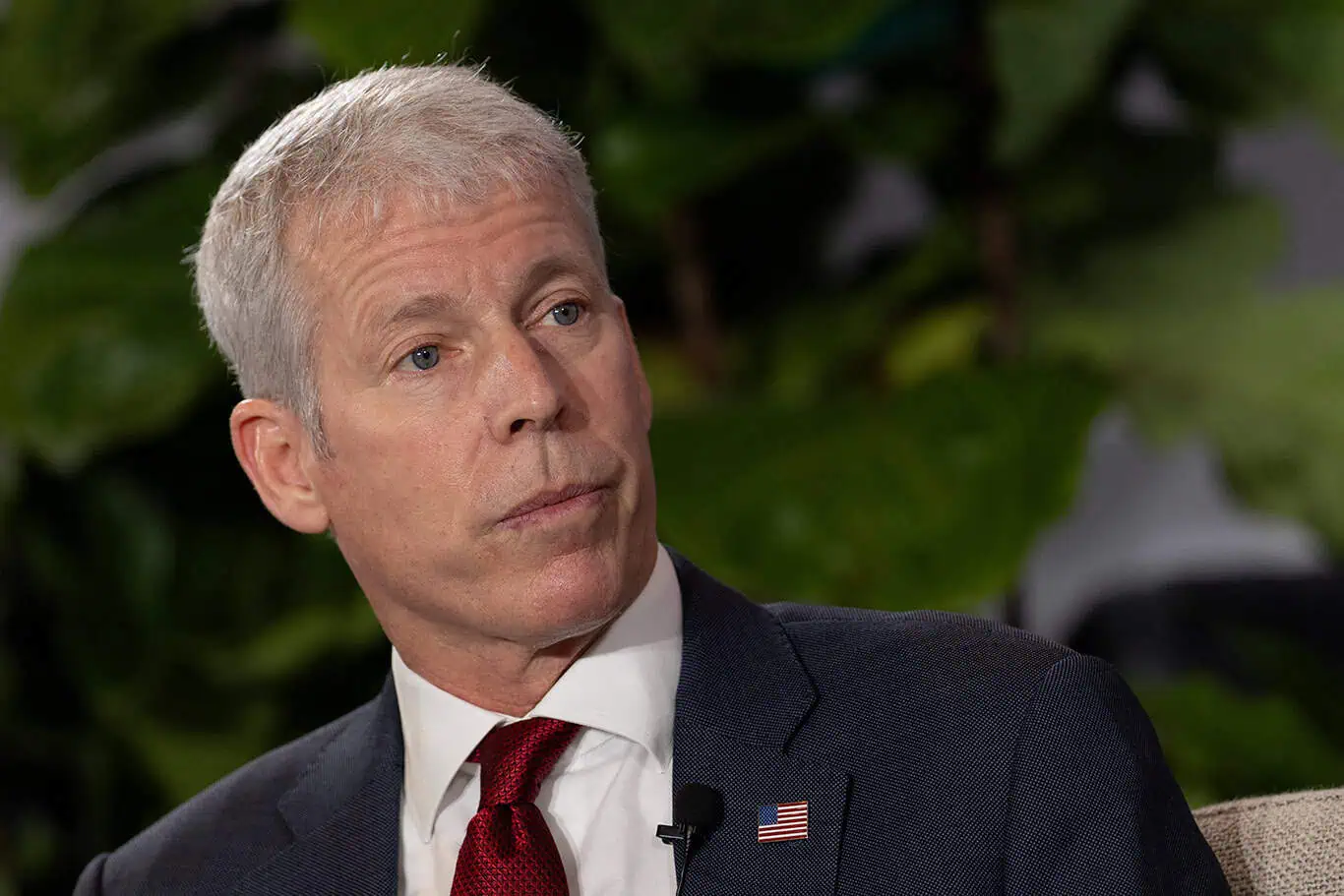
Sponsored Content | Digital Free Press
You’ve decided to swap the Arizona desert for the green fields and snowy winters of Indiana.
This isn’t just a short hop to the next town. It’s a big, life-changing move, the kind that takes you across several states, through different time zones, and into an entirely different climate. It’s exciting, but it can also feel overwhelming if you’re not prepared.
The good news? You can make this move a lot smoother with a plan. This guide will walk you through what to do before, during, and after your trip so you’re not caught off guard. By the end, you’ll have a solid plan for everything from choosing movers to finding local help before you arrive.
Start Planning Months in Advance
Cross-country moves need more than a couple of weekends of prep. Give yourself three to six months, if possible. That time isn’t just for packing, you’ll need it for booking movers, arranging utilities, getting your vehicle ready, and tying up loose ends where you live now.
A written checklist helps. Include everything from “forward mail” to “pack winter coats.” Assign deadlines so important steps don’t pile up in the last week. The more spread out the work, the less stressful the final days will be.
Budget for More Than the Obvious
Long-distance moves across the country typically fall between $2,391 and $6,868, with an average around $4,572, though it can go higher depending on distance and household size.
The price tag is rarely just the cost of the moving truck. There are travel expenses like fuel, hotels, and meals. There may be security deposits or first-month rent waiting on the other side. And in this case, you’ll need winter gear that probably isn’t in your Arizona closet.
Write down every possible expense you can think of. Then add a buffer for unexpected costs, such as a breakdown on the road, a delay that requires extra nights in a hotel, or a mover’s fee you didn’t know about. If you’re comparing moving companies, ask for a complete breakdown of their charges so there are no surprises later.
Sort and Downsize Before You Pack
The less you take, the less you pay, and the easier your move will be. Go through your home and be honest about what you actually want to bring. Sell, donate, or discard what you don’t need.
Think about climate differences, too. You won’t need quite as many items for the hot, dry weather you’re leaving behind, but you will need clothing and gear for snow and cold. It’s worth making room for what fits your new environment.
Choose a Moving Company You Can Trust
Long-distance moves require movers who are licensed for interstate transport. Check that they have a USDOT number and proper insurance. Read reviews carefully, and get at least three quotes so you can compare pricing and policies.
Ask detailed questions: What happens if your delivery is delayed? How are damaged items handled? Do they offer storage if your home in Indiana isn’t ready? The answers will tell you as much about the company as their prices do.
Line Up Local Help Before You Arrive
One of the most stressful parts of moving to a completely new place is not knowing who to call when something goes wrong. You can save yourself that stress by creating a list of essential contacts before you move in.
Here’s a good starting point:
- Medical care: Find a local primary care doctor, dentist, urgent care clinic, and pharmacy. If you have ongoing prescriptions, confirm there’s a pharmacy near your new home.
- Home repair professionals: A plumber, electrician, and HVAC technician are all worth having on speed dial — especially with Indiana’s cold winters.
- Legal help: Identify a reputable personal injury lawyer in Indianapolis, even if you don’t think you’ll need one right away. Moving to a new state means you’re unfamiliar with the local laws and processes. Having a lawyer you can call if something unexpected happens gives you one less thing to figure out in a crisis.
Look for recommendations in local community Facebook groups, check Better Business Bureau ratings, and browse the websites of professional associations. If possible, make an introductory appointment with your doctor or at least get on their patient list before you arrive.
Prepare for the Climate Shift
Arizona’s dry heat and mild winters are very different from Indiana’s humid summers and snowy winters. Indianapolis, for example, sees about 25.5 inches of snow each season, with most of it falling between December and February. This change affects more than just your wardrobe.
You may need to winterize your car — think snow tires, battery checks, and making sure your heating system works well. Inside your home, learn about tasks like insulating pipes, clearing gutters, and keeping walkways safe in icy weather.
A well-stocked winter kit with boots, gloves, a warm coat, a hat, and a snow shovel will be just as important as any moving box.
Update Your Address and Documents
Before you leave Arizona, set up mail forwarding with USPS. Notify your bank, insurance providers, and subscription services of your new address.
Once you arrive in Indiana, check the deadline for updating your driver’s license and vehicle registration. Missing it could result in fines.
Plan Your Trip Across the Country
This move takes over 1,700 miles. Unless you’re planning to push through with minimal breaks, you’ll want to map out overnight stops.
If you’re traveling with pets, book pet-friendly hotels ahead of time. Keep a separate bag in your vehicle with essentials: IDs, cash, medications, chargers, a change of clothes, and snacks. This way, if your moving truck is delayed, you’re not stuck without necessities.
Final Words
A cross-country move from Arizona to Indiana is a big undertaking, but with preparation, it doesn’t have to feel chaotic. Plan ahead, budget with a buffer, and make connections in your new community before you even get there.
When you arrive, unpack the essentials first. Allow yourself some time to adjust to your new surroundings before tackling every single box. Take walks in your neighborhood. Visit a local grocery store or coffee shop. Introduce yourself to a neighbor. These small steps make a new place feel like home much faster.
Once you’re settled, you’ll have the peace of mind that comes from knowing you’re ready for whatever your new Indiana life brings.




























